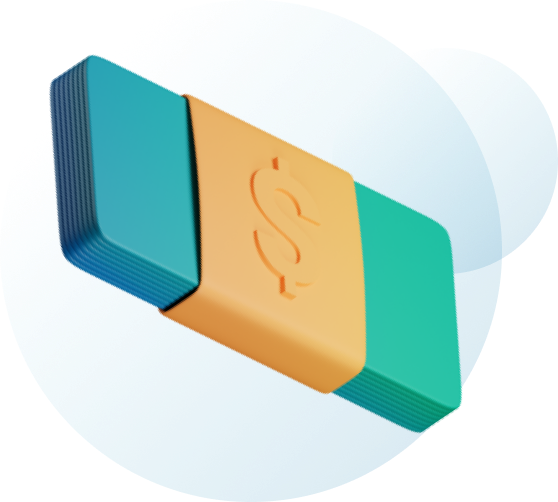A leg or lower leg bruise is a mild sports injury that can occur due to a direct impact on the lower leg. When a bruise or contusion occurs, the small blood vessels get damaged, and blood leaks out under the skin, causing the typical thigh swelling and bruising in these injuries.
While a leg contusion is uncomfortable and may temporarily make it difficult to walk, it’s an injury that typically resolves quickly.


